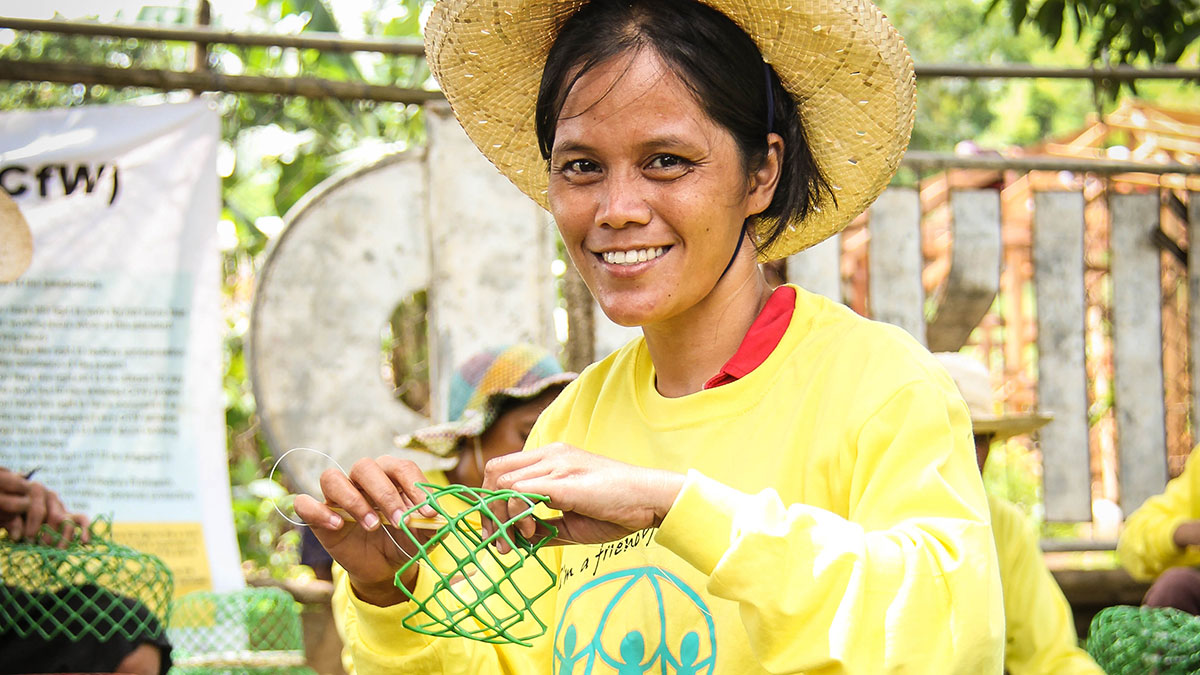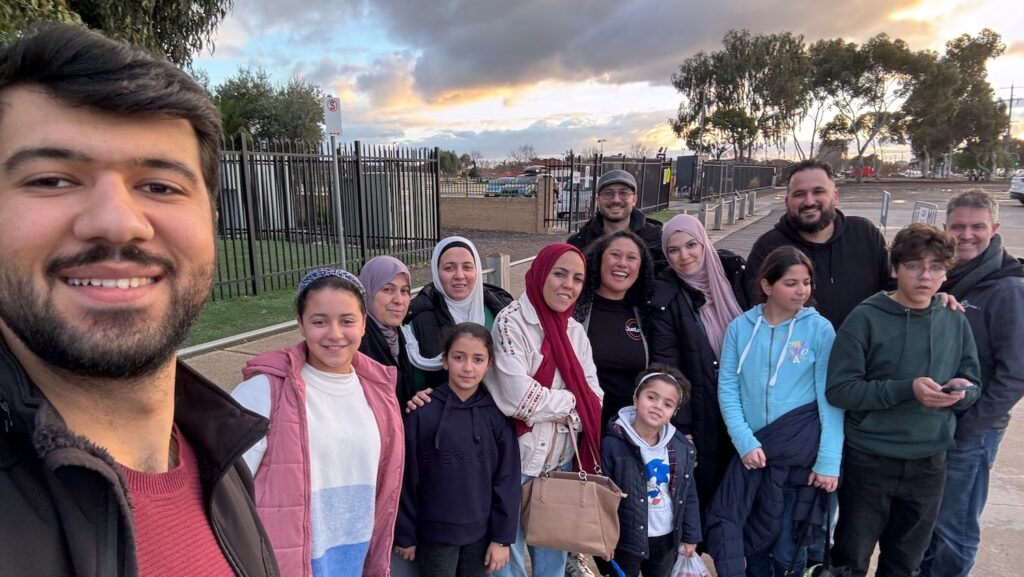I was in a meeting with Seventh-day Adventist Church leaders when I heard it expressed that ADRA (Adventist Development and Relief Agency) helps “prepare the soil”, but does not sow, cultivate, harvest and multiply—if we consider the harvest discipleship cycle used in the South Pacific region (see below).1
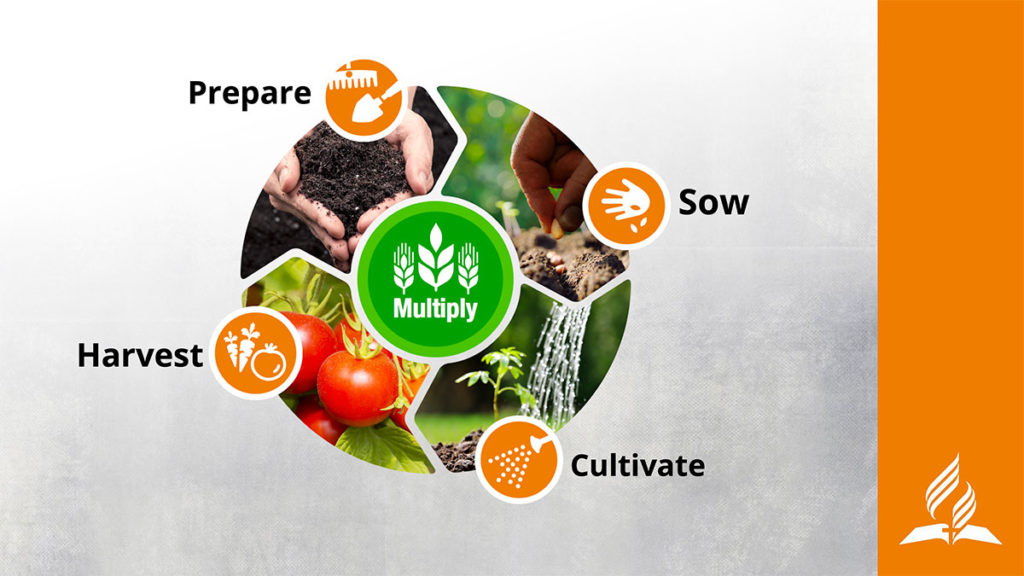
The “prepare the soil” step of the cycle is to “connect people into social streams because discipleship is a journey taken in the context of community”.2
At first, this comment surprised me. But then it made me reflect on the perspective Church leaders have on ADRA, its role and how it fits within the Church’s mission.
It also made me reflect on how my ADRA colleagues and I view ADRA’s role in relation to the Church’s mission.
Over time, it seems both Church leaders and ADRA workers have accepted the idea that the Church and ADRA have “distinct” roles—in other words, the Church having a spiritual role and ADRA having a temporal role, focusing on material and social needs of the poor and vulnerable.
This sense of “distinctiveness” is not unique to the Seventh-day Adventist Church and ADRA, and has probably been influenced by historical and financial reasons. Marshal and Keough3 talk about the “two worlds of religion and development” being rooted in the separation of Church and state. These “two worlds” are “propelled by a divergent set of impulses”, with religious leaders primarily concerned with “spiritual well-being”, and development workers (such as ADRA workers) concerned with “the material” and “technical, hard-nosed economic and financial approaches”.
This appears to apply to the Seventh-day Adventist Church and ADRA context as well.
Financially, ADRA does receive funding contributions from the Church, but the bulk of funding comes from government agencies and generous church and community members. In fact, ADRA worldwide is funded between 60 and 70 per cent4 by government and other philanthropic agencies.
This is positive, as it means that ADRA does not become a financial burden for the Church. But it can also impact negatively if the Church thinks its responsibility of caring for the “least of these” is only ADRA’s responsibility and not that of the entire Church (which includes ADRA).
From an ADRA point of view, receiving government funds allows it to be more financially independent, but being dependent on public funds comes at a cost, usually with the requirements of secular funders. This means that ADRA mainly practises development and humanitarian work like most other non-government organisations, whether secular or faith-based.
It is important to note that development theory has been heavily influenced by a secular view of helping others, which, in turn, has been influenced by the notion that we can separate the day-to-day from the spiritual, like state affairs have been separated from religion. Some in Western societies believe this separation is possible.
The reality though is that more than 85 per cent5 of the world’s population professes to have a religious affiliation. In these contexts, there is no separation; no dichotomy between spiritual and material. And it is in these contexts where both the Church and ADRA do most of their work.
Therefore, I argue that this sense of “distinctiveness” between the Church and ADRA is unhelpful and unnecessary. ADRA is the professional humanitarian and development agency of the Adventist Church that not only responds to temporal needs, but resembles Christ’s love in action and shares hope with everyone, regardless of their religion, culture or background.
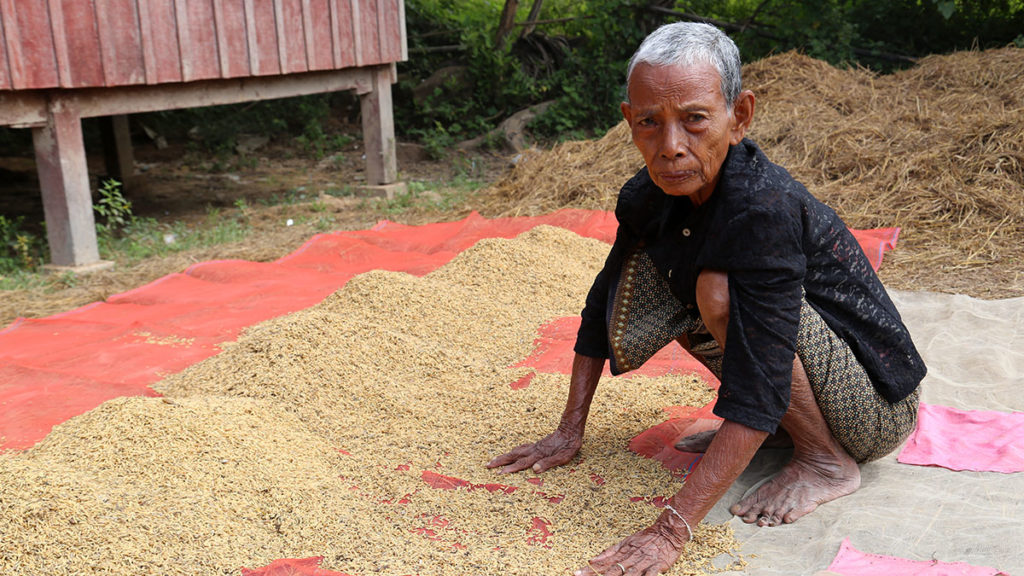
ADRA’s sometimes forgotten mandate (among other objectives) from the General Conference is to “awaken concern for the very poor, the deprived, the sick, the malnourished and the victims of natural and man-made disasters resulting in the commitment by the church of its own funds and resources for the benefit of such needy people”.6
This past quarter’s Sabbath School Lesson The Least of These has reminded me that matters of justice, love and mercy are not only relevant for ADRA as a humanitarian organisation serving humanity and for the Church but for the entire society. Micah 6:8 and more than 2000 other biblical verses call us to collectively speak and stand up against injustice and poverty.
According to the General Conference, the method for Church mission implementation is through Christ-like living, communicating, discipling, teaching, healing and serving. The serving method is stated as follows:
Christ-Like Serving—Following the example of Jesus we commit ourselves to humble service, ministering to individuals and populations most affected by poverty, tragedy, hopelessness and disease.7
While ADRA’s purpose is mirrored particularly on this method as a serving agency to populations in poverty and distress on behalf of the Seventh-day Adventist Church, this does not exclude the Church from taking the lead in Christ-like serving and being actively involved in practical discipleship.
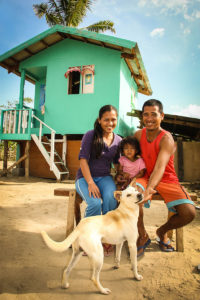
I agree that ADRA, as an agency of the Seventh-day Adventist Church, is not involved in all the steps of the harvest discipleship cycle. ADRA is, however, connected to the community and connects the Church in ways that are relevant and practical, in ways that help lives be restored to the image of Christ. ADRA also effectively partners with other Church departments and institutions such as Health, Discipleship, Youth and Sanitarium as a joint force for much community engagement.
ADRA staff members are involved in the various harvest steps in their personal lives. And because of these individuals working in un-entered areas of the 10/40 window, refugee camps or even in our neighbourhoods where the Church sometimes has no presence, many brothers and sisters are being harvested for Christ.
At the end of the day discipleship is a personal journey that starts with you and me. The journey starts with an act of prayer aligning us with our heavenly Father’s priorities and through our submission to His will.
I hope and pray that ADRA and the Seventh-day Adventist Church, through God’s almighty power, will expand their reach and bring much hope and healing to people of this world, and any “sense of distinctiveness” may be replaced with a “sense of common purpose and complementarity”.
This reflection does not reflect the views of any institution herein mentioned. The argument and remaining errors remain mine alone.
Denison Grellmann is CEO of ADRA New Zealand.

